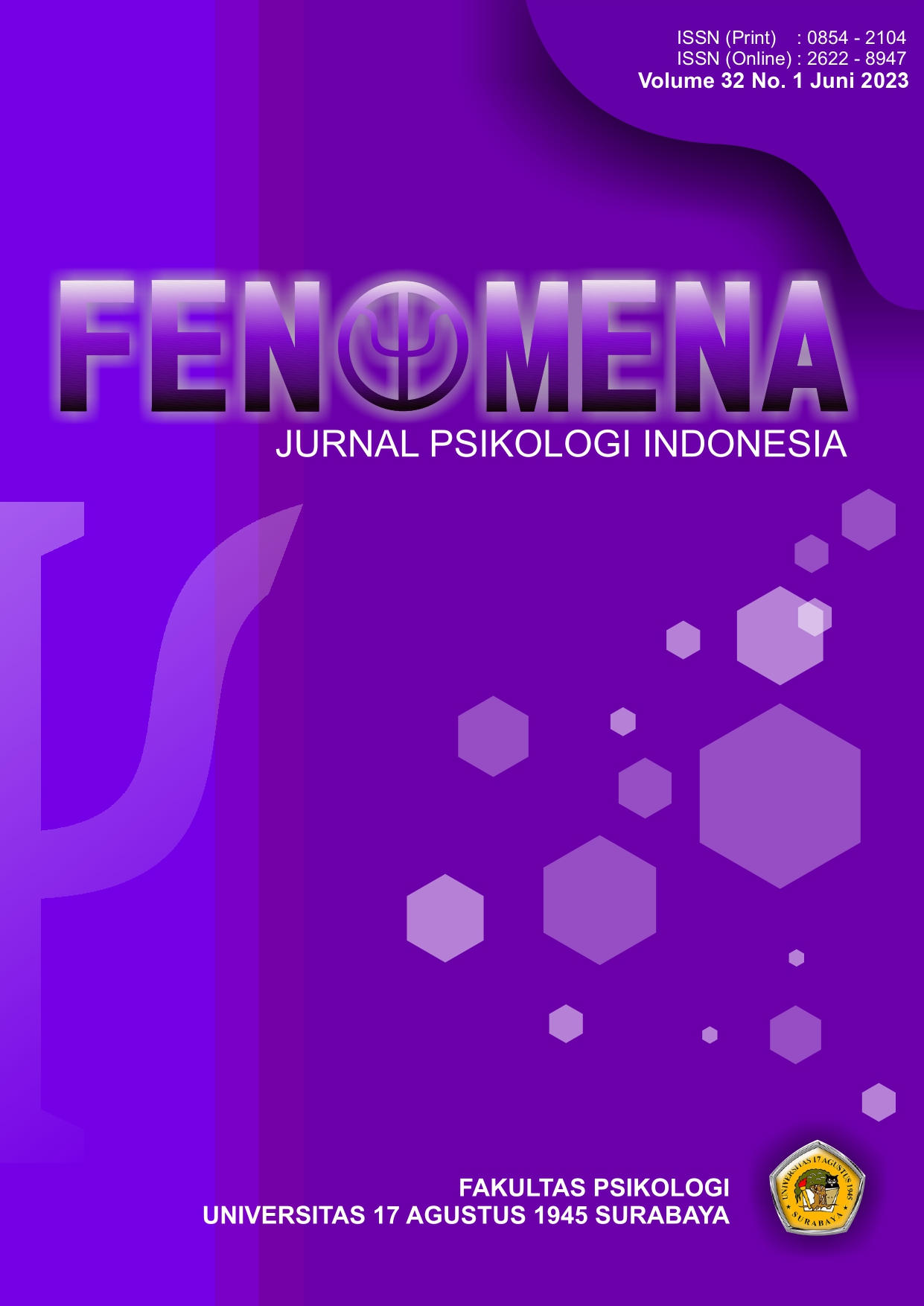Pelatihan Komunikasi sebagai Intervensi Pengembangan Organisasi di PT X
DOI:
https://doi.org/10.30996/fn.v32i1.8383Keywords:
Organizational Development, goal clarity, team functioning, group norms, group composition, performance normsAbstract
The increase in Cost of Goods Manufactured (COGM), which means an increase in production costs, certainly has an impact on the organization, including PT. X. PT. X is a private fertilizer manufacturing company with mission is to become a growing company whose produce fertilizer at competitive prices. The increase in production costs experienced by PT. X made PT. X had to increase the selling price which caused declined sales so that the company's profit was below the specified target. After collecting data through questionnaires, interviews, observations and secondary data reviews at group level targeting Production Departement employee, namely the components of goal clarity, task structure, group composition, team function, and group norms (Cummings and Worley, 2008) it was found that the operators did not understand the target and there is no feedback on performance, so it is less focused in carrying out their work. In an order to overcome the source of the problem, communication training is carried out which aims to equalize understanding of the performance expected by the company and understand the needs or obstacles experienced by employees as mentioned by Agarwal and Garg (2012), that communication is a process of exchanging information, thoughts and feelings between individuals in a group, or in other words communication plays a fundamental role in aligning individual goals (employees) with the organization.
Downloads
References
Bradford, D. L., & Burke, W. W. (Eds.). (2005). Reinventing organization development: New approaches to change in organizations. John Wiley & Sons.
Brown, D. R., & Harvey, D. (2006). Organization development. Seven Edition, Pearson Education, 166.
Cummings, T. G., & Worley, C. G. (2008). Organization development and change. Cengage learning.
Kahn, R., Wolfe, D., Quinn, R., Snoek, J., and Rosenthal, R. (1964). Organizational stress: studies in role conflict and ambiguity. New York, NY:Wiley.
Rasul, M. S., Abd Rauf, R. A., & Nor, A. R. M. (2014). Future employability skills sets for manufacturing industries. International Education Studies, 7(10), 138.
Schneider, B., Ehrhart, M. G., andMacey, W. H. (2013). Organizational climate and culture. Annu. Rev. Psychol. 64, 361–388. DOI: 10.1146/annurev-psych-113011-14380
Downloads
Published
Issue
Section
License
Authors retain copyright and grant the journal right of first publication with the work simultaneously licensed under a Creative Commons Attribution 4.0 International License that allows others to share the work with an acknowledgment of the work's authorship and initial publication in this journal.






